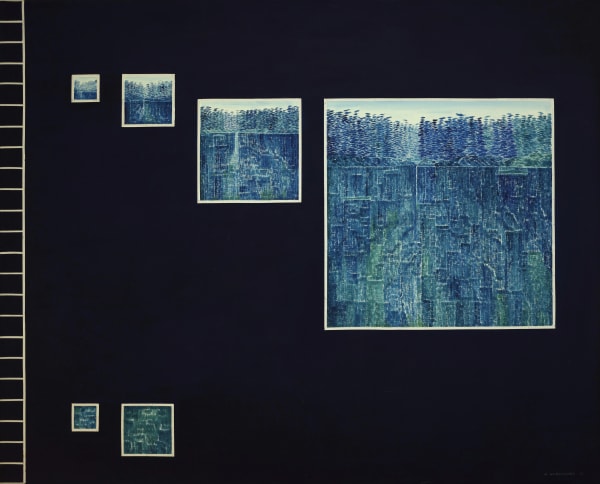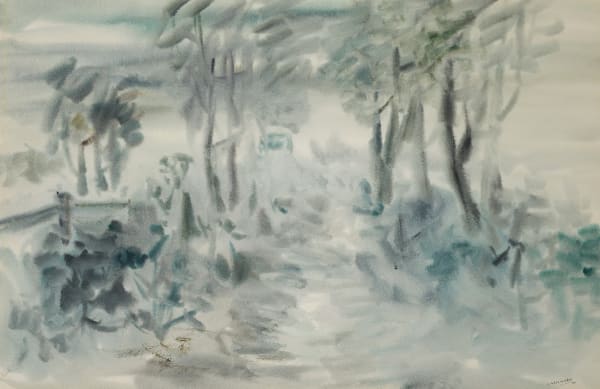“As all things are made of atomic structure and motion, all shapes are based on atomic (or molecular) structure and motion. Bases of all shapes are geometrical forms; therefore, the evolution or cycle of man’s environment must be based on the cycle of geometrical forms.”
Kazuo Nakamura, 1974
Kazuo Nakamura (October 13, 1926-April 9, 2002) was a Japanese-Canadian abstract painter and sculptor born in Vancouver, British Columbia. His upbringing was marked by the tumultuous events of World War II, during which he was interned in Tashme, a Japanese internment camp. Despite the challenges of this period, Nakamura's artistic talent began to flourish, and he continued to create artworks, finding solace and inspiration in his craft.
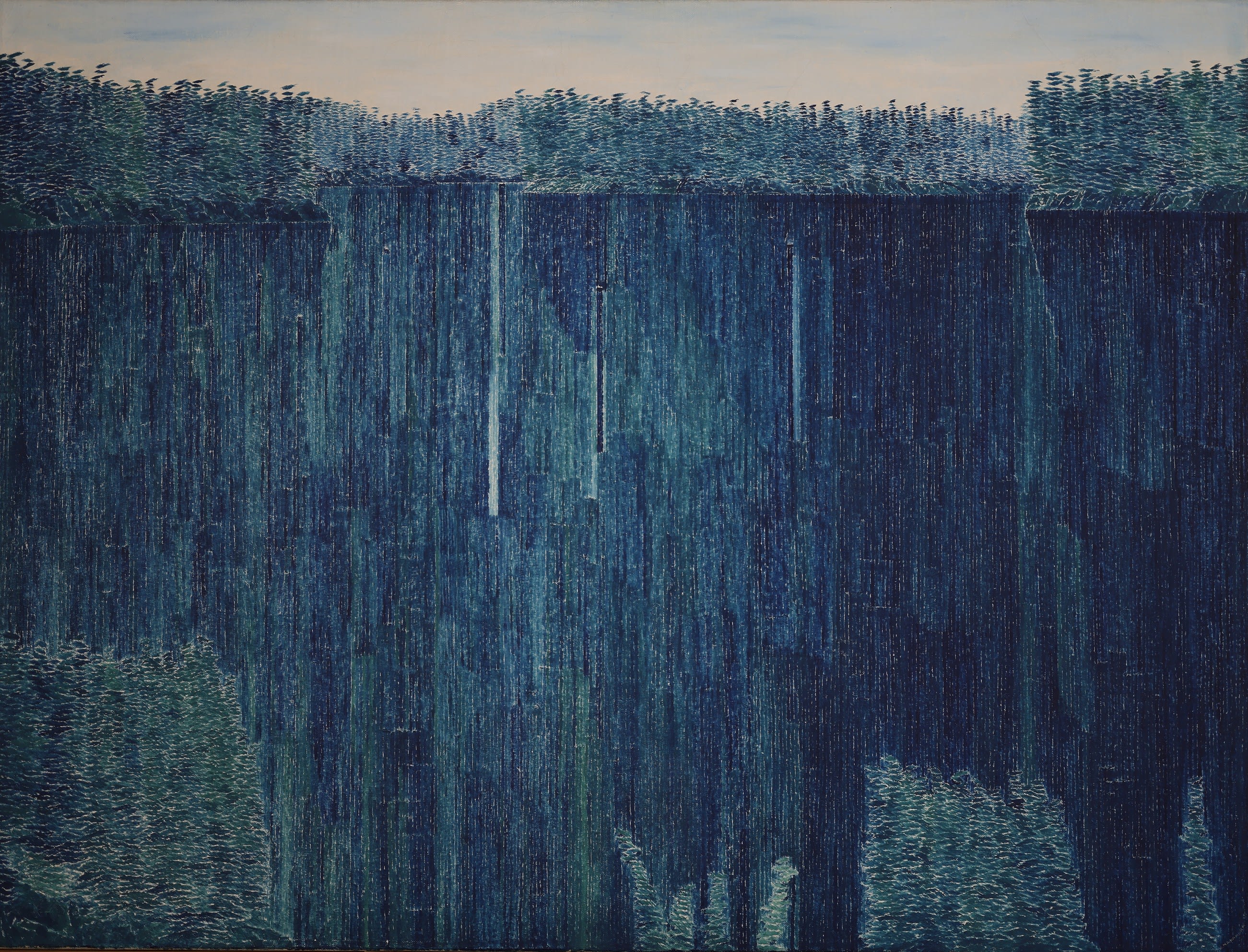
Kazuo Nakamura; Blue Reflections
After the war, Nakamura moved to Toronto, where he pursued formal art education at the Central Technical School from 1948 to 1951. It's believed that his training there, under the guidance of renowned artists such as Jock Macdonald, Charles Goldhamer, Peter Haworth, and Doris McCarthy, played a pivotal role in shaping his artistic vision.
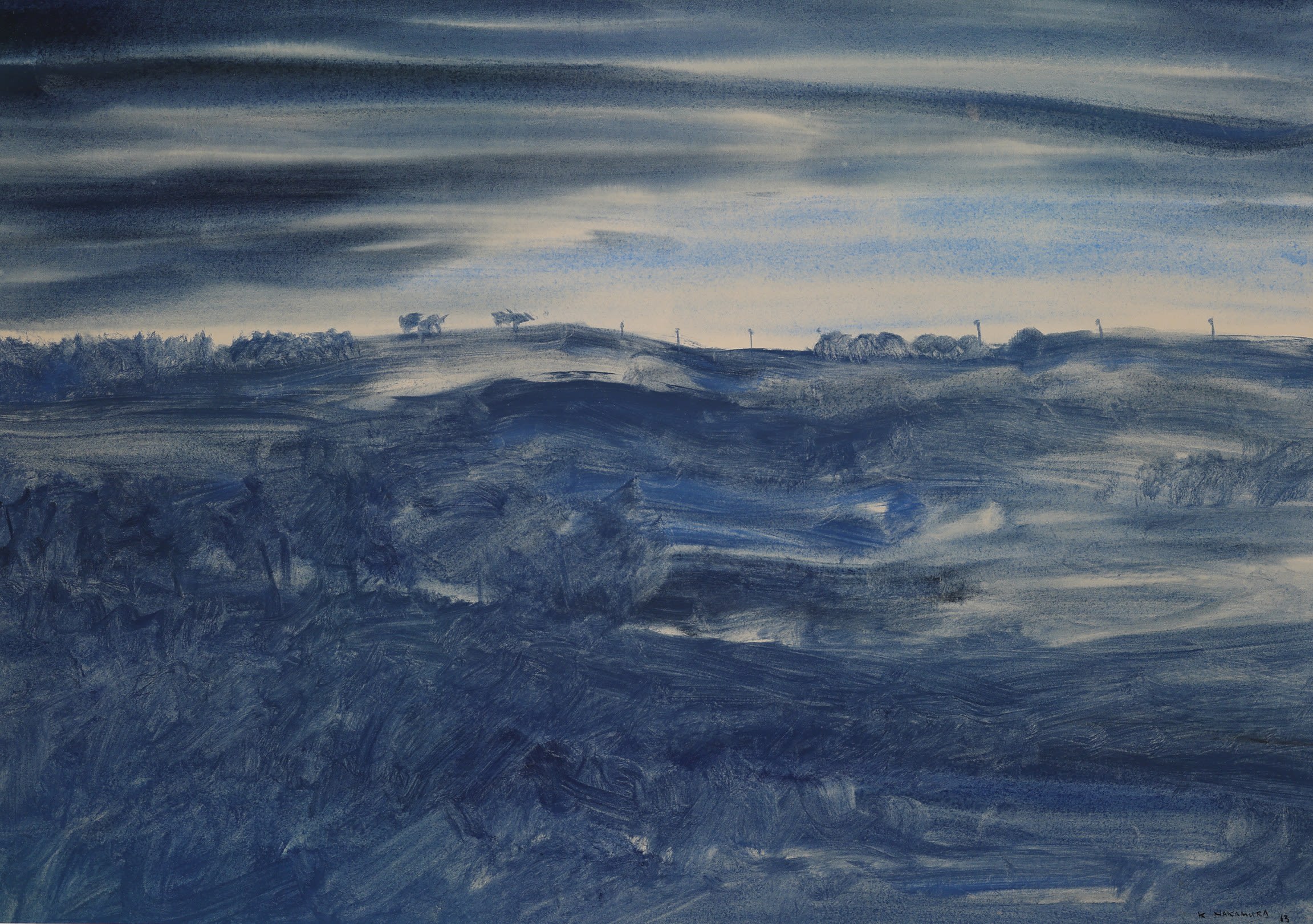
Kazuo Nakamura; Blue Morning
Nakamura's artistic philosophy was deeply influenced by his interest in the intersection of art, science, and mathematics. His exploration of geometric shapes, numerical sequences, and universal patterns became central themes in his work. Over time, he developed a distinctive style characterized by simplistic abstractions, precise compositions, and a constrained color palette.
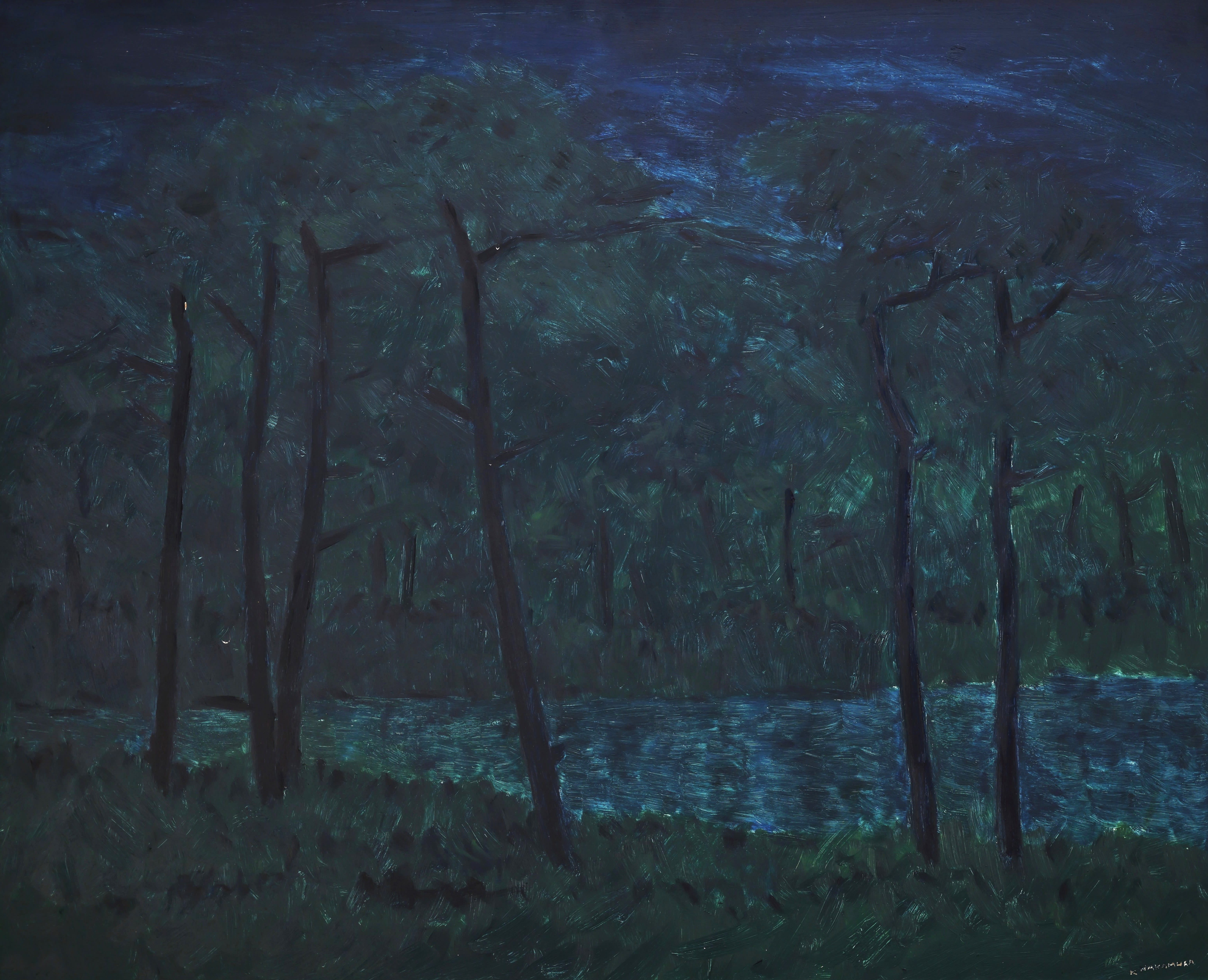
Kazuo Nakamura; September
As one of the founding members of the Toronto-based Painters Eleven group, Nakamura played a significant role in shaping the abstract art movement in Canada during the 1950s. While sharing the group's interest in painterly abstraction, his work stood out for its orderly and restrained aesthetic, drawing inspiration from nature, mathematics, and science.
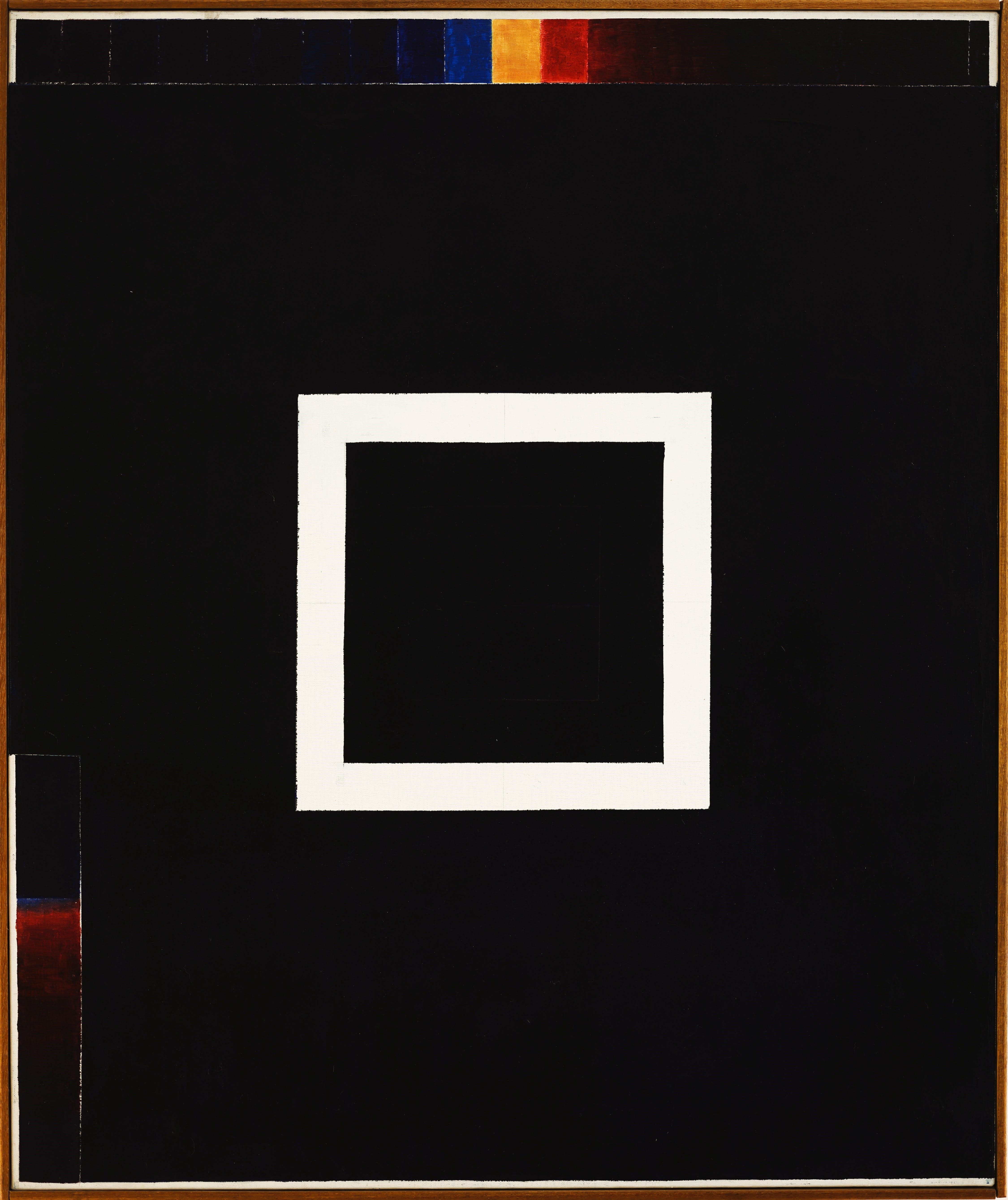
Kazuo Nakamura; Spectral Suspension
Nakamura's artistic evolution can be traced through four major stages: Inner Structures, Block Structures, Topology, and Number Structures. Each stage reflects his fascination with scientific principles and his quest to uncover fundamental patterns in the chaos of the universe. His exploration of these themes culminated in a diverse body of work that ranged from stylized landscapes to intricate grid-based compositions.
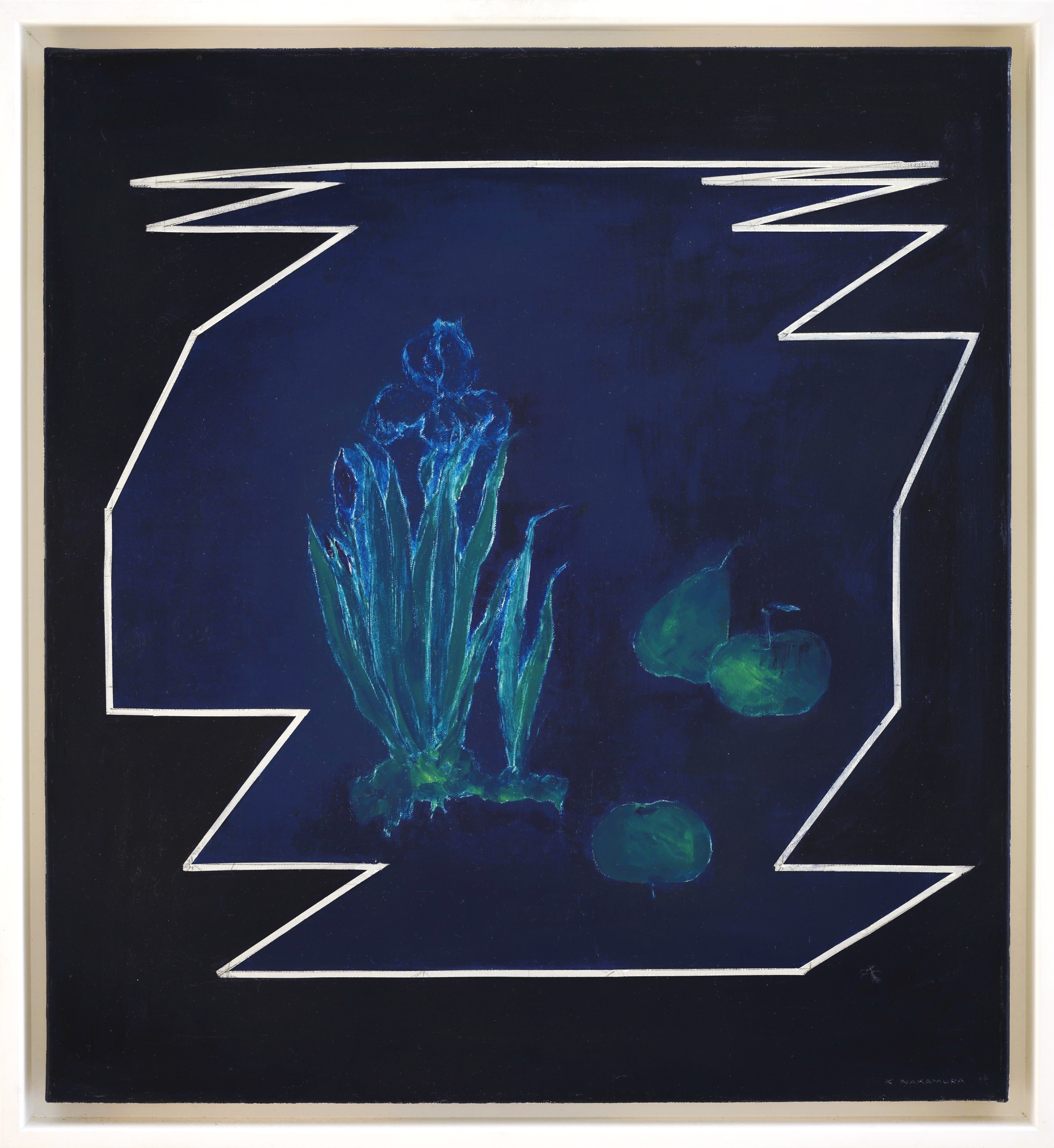
Kazuo Nakamura; Suspension 5
Throughout his career, Nakamura's work received widespread acclaim and recognition, both nationally and internationally. His paintings and sculptures were featured in numerous exhibitions, including a posthumous retrospective at the Art Gallery of Ontario in 2004. In addition to his artistic achievements, Nakamura was honoured with memberships in prestigious institutions such as the Royal Canadian Academy of Arts and the Ontario College of Art and Design.
Kazuo Nakamura's artistic legacy continues to inspire and captivate audiences, cementing his status as one of the most important abstract painters in Canadian art history. His unwavering commitment to exploring the beauty and order inherent in the natural world through his art remains a testament to his enduring influence on the Canadian art scene.

